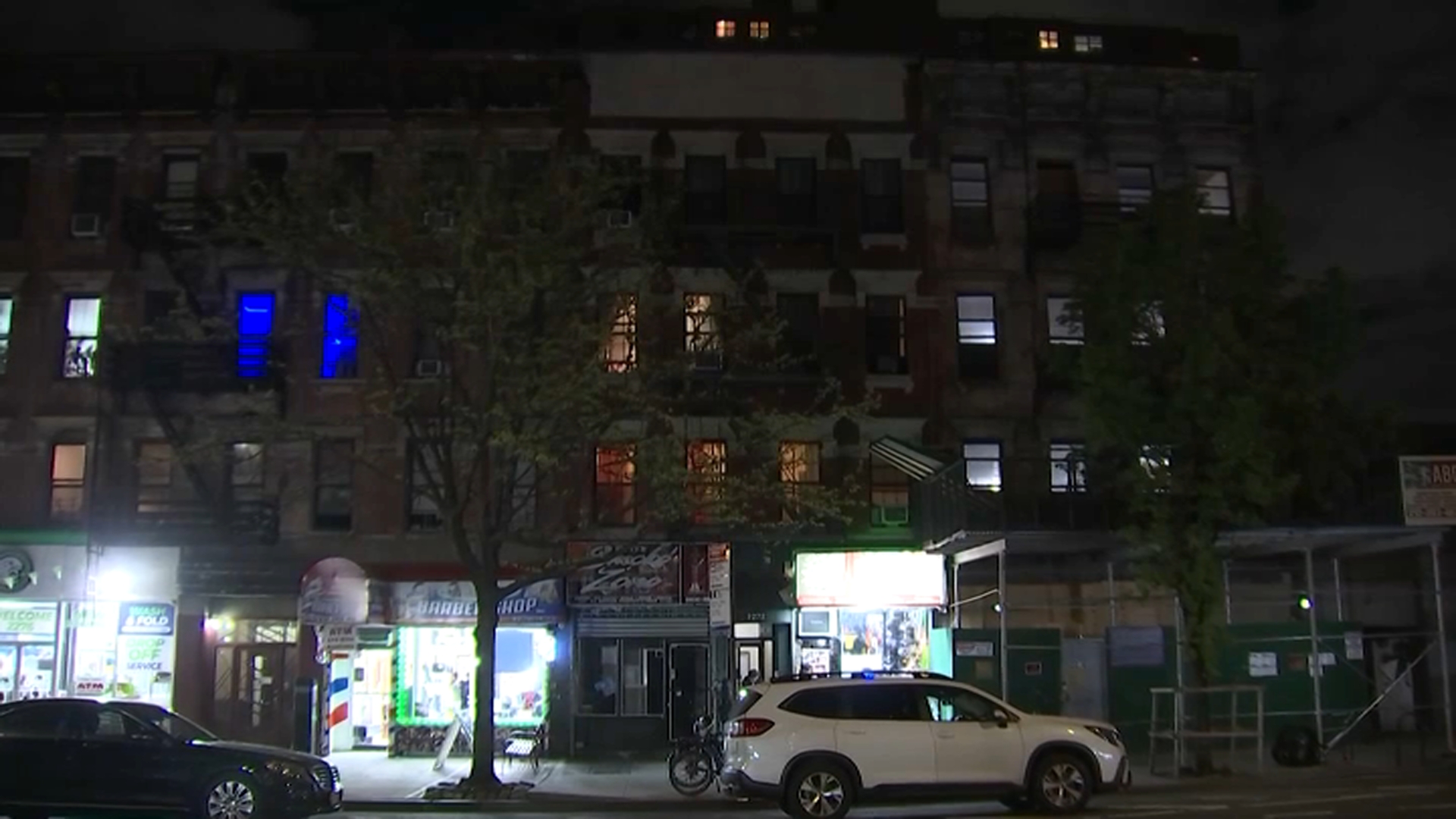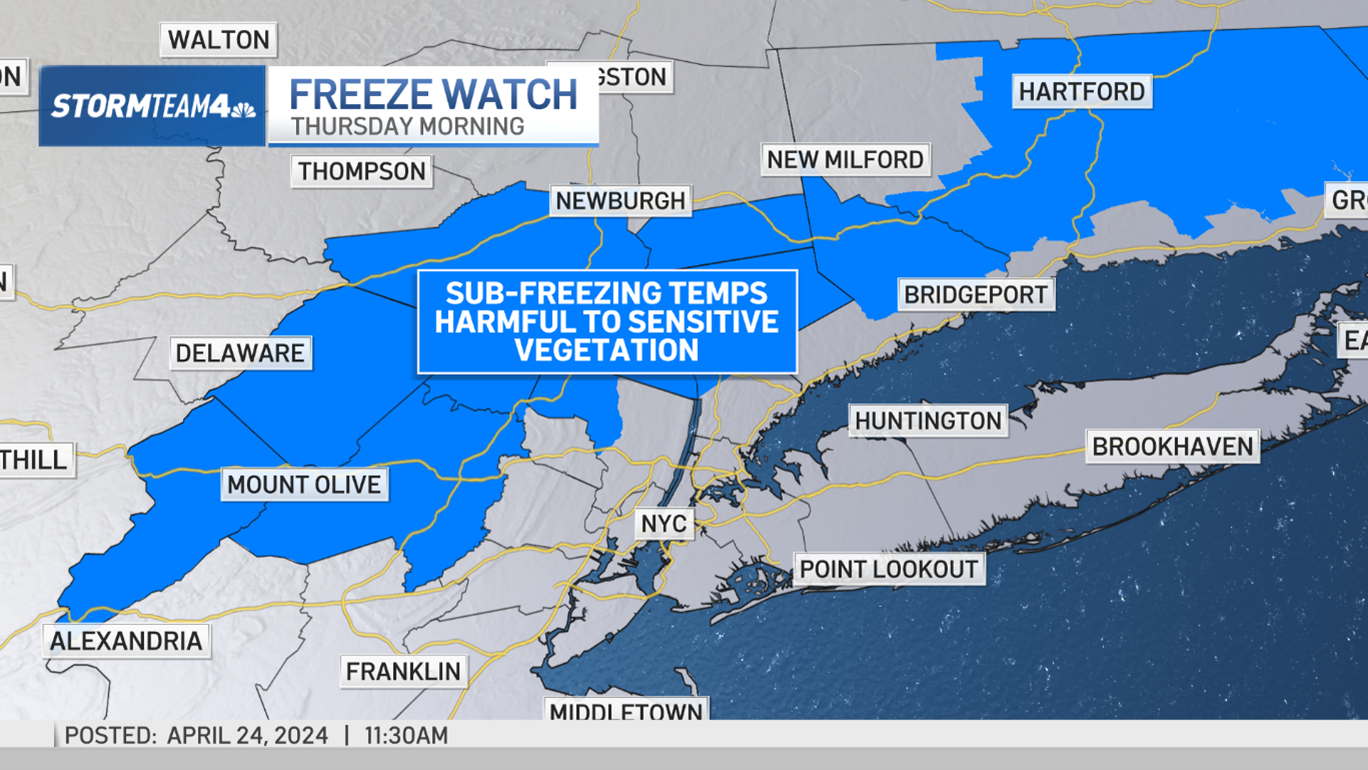President Barack Obama will travel to New Jersey on Sunday to survey damage from Hurricane Irene.
Obama will tour some of the worst hit spots of Paterson, where flooding continues to cause problems even though the region's rain-swollen rivers crest and slowly recede.
Hurricane Irene barreled up the East Coast last weekend, killing several dozen people and causing billions of dollars in damage. It also spurred massive flooding across New Jersey, with Paterson and other northern areas among the hardest hit spots.
It was the most extensive flooding the state has seen, and several rivers had record or near-record crests. A hospital, a major train station and at least two hotels and hundreds of homes were surrounded entirely by water. Rescue crews had to take hundreds of people to dry land in boats and watertight military trucks.
Gov. Chris Christie, touring one flood-ravaged neighborhood in Lincoln Park, was confronted by a heckler: "Fix the rivers and dams!" making very public an issue that's long concerned residents of flood-prone areas, environmentalists and the government's civil engineers.
For most experts, the way to make things better isn't by controlling the water: It's getting people out of homes that flood repeatedly. Over the past two years, the state government, working with federal officials, have made that a priority.
"We can't control Mother Nature," said David Pringle, the campaign director of the New Jersey Environmental Federation and the owner of a Cranford home who spent his week cleaning up after the Rahway River swept into his garage and basement. "But we can do things that make these kinds of things worse or less bad."
Jeff Tittel, the New Jersey director of the Sierra Club, also believes tall dunes that the U.S. Army Corps of Engineers built along the beaches of some of the state's barrier islands kept tidal flooding from being more destructive. But the dunes have critics, who say they block ocean views and pleasant sea breezes in places like Atlantic City's boardwalk.
Move inland and it gets more complicated.
Local
What to do about flooding is about dams and pumps, sure, but it's also about deciding where to put homes and businesses.
Since remnants of Hurricane Floyd devastated Bound Brook in 1999, the Corps of Engineers has undertaken a project to spare the town, building water pumps, levies, flood walls and diversions along central New Jersey's Raritan River.
It's not complete, but officials say what is in place made the things better, giving the town a manageable emergency instead of disaster.
But advocates like Pringle say there's a downside to that approach.
"Generally speaking, the Army Corps' plan is to get water into waterways faster," Pringle said. "That can alleviate things in the area you're draining, it's faster. But it aggravates things downstream."
The measures that reduced flooding in Bound Brook may have exacerbated it in New Brunswick, he said.
Pringle is right about the Corps' past philosophy, said Col. John Boule, an Army Corps commander. "The Corps has a long history of build, build, build," he said. But he said the organization now looks for softer approaches to solving flood problems. And the Bound Brook project, he said, is the first installment of a bigger effort to reduce flooding along the Raritan.
The dam debate has been going on longer farther north in New Jersey.
Days before Irene arrived, Pequannock Township Manager David Hollberg, called for Gov. Chris Christie to open the floodgates on Pompton Lake Dam in Pompton Lakes. The hope was that lowering the water level in the dam before Irene's rains fell over northern New Jersey would get water out of the way before it could flood downriver communities.
Since the dam was completed in 2007, there's been a series of major rains and floods in the area. Many residents blame the dam.
Georgette Carroll and husband Jason moved into their house in Pompton Lakes 10 years ago, before the dam was built, and added a second floor and shored up the first floor foundation.
"The most frustrating thing is that it's probably going to happen again next spring," Georgette Carroll said. "Isn't the government sick of paying us off for these floods?"
An independent study has been commissioned to look at the impact of the dam.
Christie, though skeptical of whether it would help, opened the floodgates before Irene's rains arrived.
Hollberg appreciates it but says that this may have been the case when it didn't matter because some spots in the area received 9 inches of rain Saturday and Sunday. Coming at the end of a month that was already among the state's rainiest on record, it meant serious flooding was inevitable.
"I don't think there was any pre-emptive action that would have produced meaningful flood control," he said.
The Corps' Boule said data suggests that the water flow downriver has not been increased by the dam. And, he said, it has helped reduce flooding upstream in the town of Oakland.
Larry Ragonese, a spokesman for the state Department of Environmental Protection said an important way to protect people and their possessions is to get them out of the water's way.
He said the state can't reverse decades of urban development that are widely blamed for speeding runoff and making floods worse. But it can help people get out of the most often flooded areas.
Since 2009, the state and the Federal Emergency Management Agency have bought 158 frequently flooded properties and handed the land over to the local governments to restore as flood plains. Another 179 properties are in the pipeline for purchase in the voluntary program. That's still just a fraction of the 1,100 or so homes considered to have severe, repetitive losses.
The federal government pays up to 90 percent of the buyout costs.
This week, Janet Napolitano, the federal Homeland Security secretary, toured the severely flooded Lincoln Park and met Gina Herbek, whose house has been flooded four times in the last few years. "Maybe it's time for a buyout," Napolitano lamented. "Four times is a lot."
"I'll take it!" Herbek fired back. "I'm ready. I'm done."
For those who can't leave quickly, the Sierra Club's Tittel says there are steps to minimize damage. For example, he said, furnaces and water heaters can be moved to ground-level sheds so at least they won't be wrecked with every basement flood.



